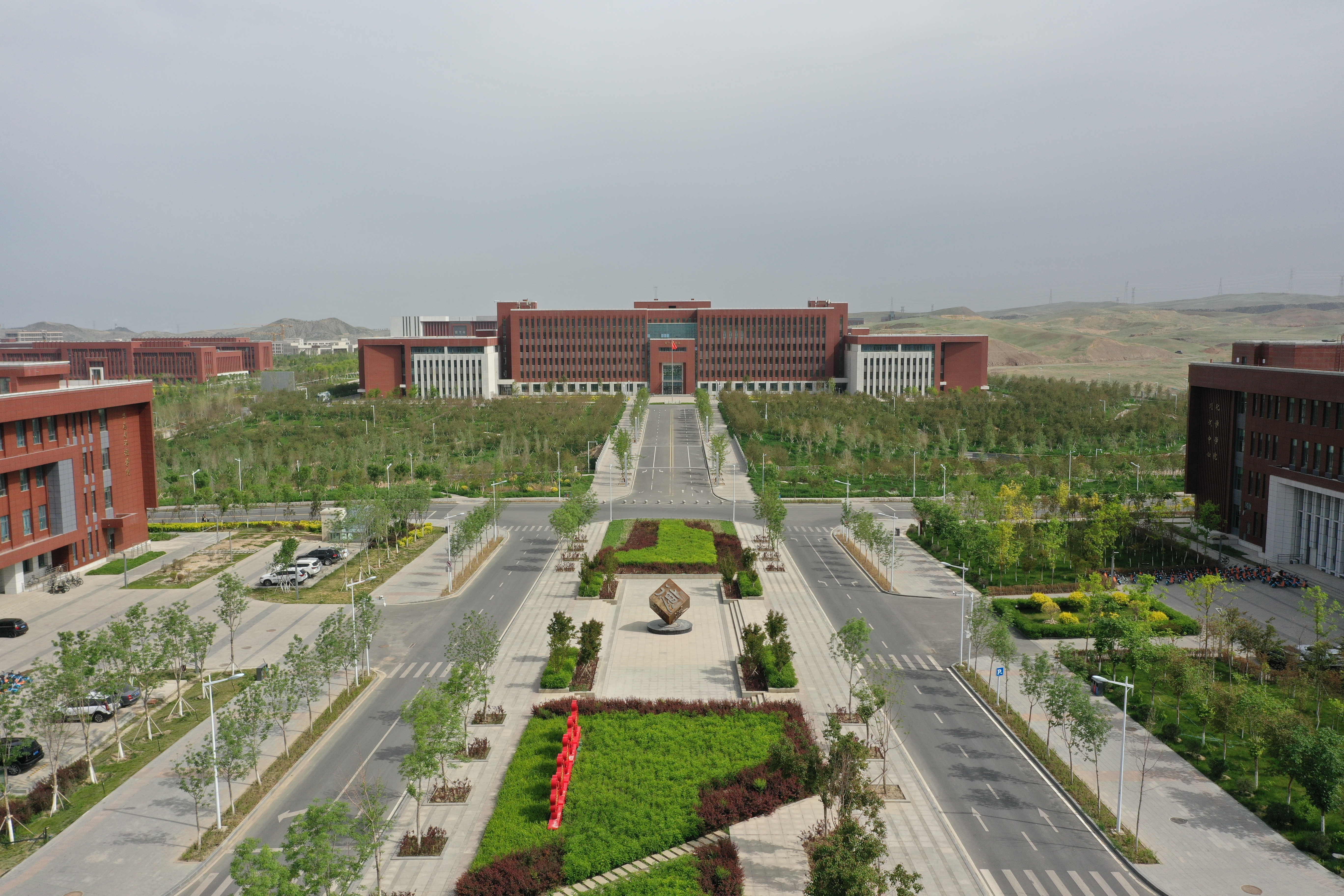季辰辰
Phosphate-modified Co–Ni phosphide heterostructure formed by interfacial and electronic tuning for boosted faradaic properties
Rational structural and compositional modulation endows electrode materials with unique physicochemical characteristics due to their adjustable electronic properties. Herein, a phosphate-modified hierarchical nanoarray consisting of a heterojunction with a well-aligned cobalt phosphide nanowire core and nickel phosphide nanosheet shell on flexible carbon cloth (denoted as CoP@Ni2P-CC) is engineered. The phosphate-modulated heterogeneous phosphide with a tuned electronic structure, additional heterojunction interfaces, and high degree of covalency in the chemical bonds accelerates the reaction kinetics and enhances the energy storage performance. Due to these reasons, the as-obtained phosphide-based heterostructured CoP@Ni2P-CC electrode delivers a capacity of 475.9 C g-1 at 0.5 A g-1 with a satisfying rate capability, which is greatly superior to that of its transition metal counterparts (sulfide, selenide, and oxide). After being assembled into a flexible hybrid supercapacitor (FHSC), a wide operating voltage (1.8 V), high energy/power densities (49.8 W h kg-1/8.6 kW kg-1), and long-term stability (85.1% capacity retention after 10 000 cycles) were achieved. This work may provide a general method from multiple strategies for designing reliable pseudocapacitive materials for flexible electronics.
合理的结构和组成调制赋予电极材料独特的物理化学特性,因为它们具有可调节的电子特性。在此,在柔性碳布(表示为 CoP@Ni2P-CC)上设计了一种磷酸盐修饰的分层纳米阵列,其由具有排列良好的磷化钴纳米线核心和磷化镍纳米片壳的异质结组成。磷酸盐调制的非均相磷化物具有可调的电子结构、附加的异质结界面和化学键的高共价性,加速了反应动力学,提高了储能性能。由于这些原因,所得到的基于磷化物的异质结构 CoP@Ni2P-CC 电极以0.5 A g-1提供475.9 C g-1的容量,具有令人满意的速率能力,这大大优于其过渡金属对应物(硫化物,硒化物和氧化物)。组装成柔性混合超级电容器(FHSC)后,获得了宽工作电压(1.8 V)、高能量/功率密度(49.8 W h kg-1和8.6 kW kg-1)和长期稳定性(10000次循环后容量保持率85.1%)。本文的工作为柔性电子学可靠的赝电容材料的设计提供了一种多策略的通用方法。
文章链接:https://doi.org/10.1039/D1DT00817J
A safe and robust dual-network hydrogel electrolyte coupled with multi-heteroatom doped carbon nanosheets for flexible quasi-solid-state zinc ion hybrid supercapacitors
Aqueous zinc ion hybrid supercapacitors (ZHSCs) are receiving increasing research interest because of their superiority in safety, economy, and high water compatibility. However, the corrosion problems coupled with dendrite growth in an aqueous system severely limit the potential use of zinc storage systems with long service life. To delicately address the above obstacles, a κ-carrageenan/polyacrylamide/ Zn(CF3SO3)2 hydrogel electrolyte (denoted as κ-CG/PAAm/Zn(CF3SO3)2) with an ionically and covalently double crosslinked network was constructed, which possesses a high ionic conductivity of 2.3 S m-1, a high tensile strength of 34.6 kPa with a superior stretchability of 599.0%, and an excellent compression strength of 75.3 kPa at 75.0% strain. The double crosslinked polymer chains realize uniform zinc deposition. In addition, the intrinsic hydrophilic groups in the κ-carrageenan (κ-CG) and polyacrylamide (PAAm) chains can well immobilize water molecules, which favor electrolyte ion transport. Moreover, nitrogen and sulphur co-doped carbon nanosheets (denoted as ACNS) characterized by the rich amorphous phase associated with lots of short-range ordered microcrystalline regions were prepared as the cathode material in this work, which exhibits a high capacity of 116.4 mA h g-1 coupled with superior rate performance and long-term cycling stability (108.0% capacity retention over 10 000 cycles) for an aqueous Zn//ACNS ZHSC. A quasi-solid-state ZHSC based on ACNS and κ-CG/PAAm/Zn(CF3SO3)2 exhibits a specific capacity of 100.5 mA h g-1 at 0.25 A g-1 with a high capacity retention of 50.8% at 20 A g-1. The as-fabricated ZHSC also shows excellent cycling stability of 10 000 cycles as well as a superior energy density of 86.5 W h kg-1 at a power density of 215.3 W kg-1. The ZHSC can also be used as a reliable source to drive various kinds of electronics (e.g., mobile phones and electronic timers), which uncovers a feasible strategy for engineering the high-performance hydrogel electrolytes and cathode materials for ZHSC applications.
锌离子混合超级电容器(ZHSCs)因其安全、经济、高水相容性等优点而受到越来越多的研究。然而,水体系中的腐蚀问题和枝晶生长严重限制了长寿命锌储存系统的潜在应用。为了解决上述问题,构建了一种具有离子和共价双交联网络的κ-卡拉胶/聚丙烯酰胺/Zn(CF3SO3)2水凝胶电解质(κ-CG/PAAm/Zn(CF3SO3)2),该电解质具有2.3 S m-1的高离子电导率,高抗拉强度(34.6 kPa),在75.0%应变下具有优异的拉伸性能(599%)和优异的抗压强度(75.3 kPa)。双交联聚合物链实现了均匀的锌沉积。此外,κ-卡拉胶链(κ-CG)和聚丙烯酰胺链(PAAm)中的亲水性基团能很好地固定水分子,有利于电解质离子的运输。此外,本文还制备了一种氮硫共掺杂碳纳米片(简称ACNS)作为正极材料,该材料具有丰富的非晶相和大量的短程有序微晶区,具有116.4 mAh g-1的高容量和优越的倍率性能,并且具有长期循环稳定性(10000次循环容量保持率108.0%)。基于ACNS和κ-CG/PAAm/Zn(CF3SO3)2的准固态ZHSC在0.25 A g−1时的比容量为100.5 mAh g−1,在20 A g−1时的容量保持率高达50.8%。在215.3 W kg-1的功率密度下,制备的ZHSC具有优异的10000次循环稳定性和86.5 Wh kg-1的能量密度。ZHSC还可以作为驱动各种电子产品(如手机和电子计时器)的可靠源,这为ZHSC应用的高性能水凝胶电解质和正极材料的工程设计提供了可行的策略。
文章链接:https://doi.org/10.1039/D1NR02826J
